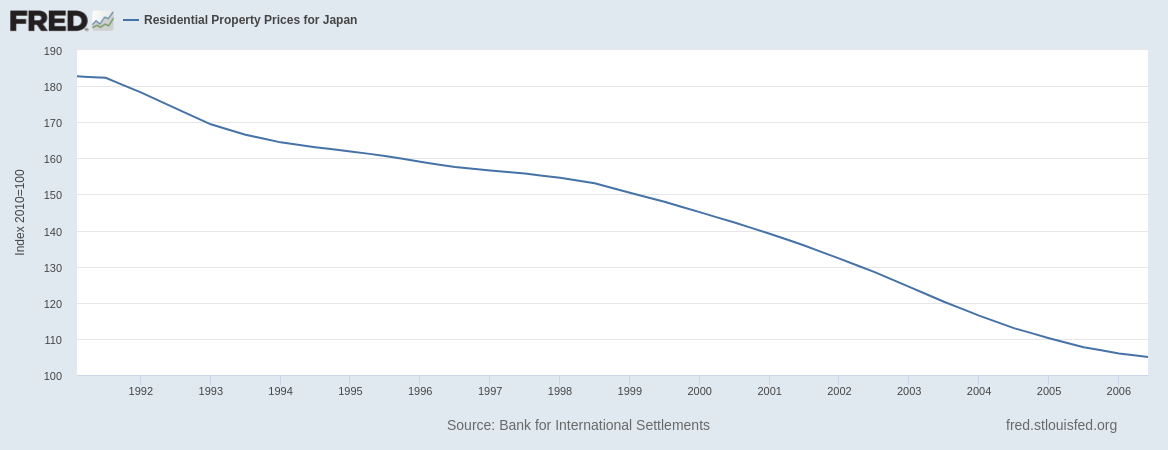Clutching a bottle of whiskey in one hand and a shotgun in the other, John scoured the research literature for ideas... He discovered several papers that described software-assisted hardware recovery. The basic idea was simple: if hardware suffers more transient failures as it gets smaller, why not allow software to detect erroneous computations and re-execute them? This idea seemed promising until John realized THAT IT WAS THE WORST IDEA EVER. Modern software barely works when the hardware is correct, so relying on software to correct hardware errors is like asking Godzilla to prevent Mega-Godzilla from terrorizing Japan. THIS DOES NOT LEAD TO RISING PROPERTY VALUES IN TOKYO. It’s better to stop scaling your transistors and avoid playing with monsters in the first place, instead of devising an elaborate series of monster checks-and-balances and then hoping that the monsters don’t do what monsters are always going to do because if they didn’t do those things, they’d be called dandelions or puppy hugs.
- James Mickens, The Slow Winter
There’s a lot of AI alignment strategies which can reasonably be described as “ask Godzilla to prevent Mega-Godzilla from terrorizing Japan”. Use one AI to oversee another AI. Have two AIs debate each other. Use one maybe-somewhat-aligned AI to help design another. Etc.
Alignment researchers discuss various failure modes of asking Godzilla to prevent Mega-Godzilla from terrorizing Japan. Maybe one of the two ends up much more powerful than the other. Maybe the two make an acausal agreement. Maybe the Nash Equilibrium between Godzilla and Mega-Godzilla just isn’t very good for humans in the first place. Etc. These failure modes are useful for guiding technical research.
… but I worry that talking about the known failure modes misleads people about the strategic viability of Godzilla strategies. It makes people think (whether consciously/intentionally or not) “well, if we could handle these particular failure modes, maybe asking Godzilla to prevent Mega-Godzilla from terrorizing Japan would work”.
What I like about the Godzilla analogy is that it gives a strategic intuition which much better matches the real world. When someone claims that their elaborate clever scheme will allow us to safely summon Godzilla in order to fight Mega-Godzilla, the intuitively-obviously-correct response is “THIS DOES NOT LEAD TO RISING PROPERTY VALUES IN TOKYO”.
“But look!” says the clever researcher, “My clever scheme handles problems X, Y and Z!”
Response:

“Ok, but what if we had a really good implementation?” asks the clever researcher.
Response:

“Oh come on!” says the clever researcher, “You’re not even taking this seriously! At least say something about how it would fail.”
Don’t worry, we’re going to get to that. But before we do: let’s imagine you’re the Mayor of Tokyo evaluating a proposal to ask Godzilla to fight Mega-Godzilla. Your clever researchers have given you a whole lengthy explanation about how their elaborate and clever safeguards will ensure that this plan does not destroy Tokyo. You are unable to think of any potential problems which they did not address. Should you conclude that asking Godzilla to fight Mega-Godzilla will not result in Tokyo’s destruction?
No. Obviously not. THIS DOES NOT LEAD TO RISING PROPERTY VALUES IN TOKYO. You may not be able to articulate why the answer is obviously “no”, but asking Godzilla to fight Mega-Godzilla will still obviously destroy Tokyo, and your intuitions are right about that even if you are unable to articulate clever arguments.
With that said, let’s talk about why those intuitions are right and why the Godzilla analogy works well.
Brittle Plans and Unknown Unknowns
The basic problem with Godzilla plans is that they’re brittle. The moment anything goes wrong, the plan shatters, and then you’ve got somewhere between one and two giant monsters rampaging around downtown.
And of course, it is a fundamental Law of the universe that nothing ever goes exactly according to plan. Especially when trying to pit two giant monsters against each other. This is the sort of situation where there will definitely be unknown unknowns.
Unknown unknowns + brittle plan = definitely not rising property values in Tokyo.
Do we know what specifically will go wrong? No. Will something go wrong? Very confident yes. And brittleness means that whatever goes wrong, goes very wrong. Errors are not recoverable, when asking Godzilla to fight Mega-Godzilla.
If we use one AI to oversee another AI, and something goes wrong, that’s not a recoverable error; we’re using AI assistance in the first place because we can’t notice the relevant problems without it. If two AIs debate each other in hopes of generating a good plan for a human, and something goes wrong, that’s not a recoverable error; it’s the AIs themselves which we depend on to notice problems. If we use one maybe-somewhat-aligned AI to build another, and something goes wrong, that’s not a recoverable error; if we had better ways to detect misalignment in the child we’d already have used them on the parent.
The real world will always throw some unexpected problems at our plans. When asking Godzilla to fight Mega-Godzilla, those problems are not recoverable. THIS DOES NOT LEAD TO RISING PROPERTY VALUES IN TOKYO.
Meta note: I expect this post to have a lively comment section! Before you leave the twentieth comment saying that maybe Godzilla fighting Mega-Godzilla is better than Mega-Godzilla rampaging unchallenged, maybe check whether somebody else has already written that one, so I don't need to write the same response twenty times. (But definitely do leave that comment if you're the first one, I intentionally kept this essay short on the assumption that lots of discussion would be in the comments.)